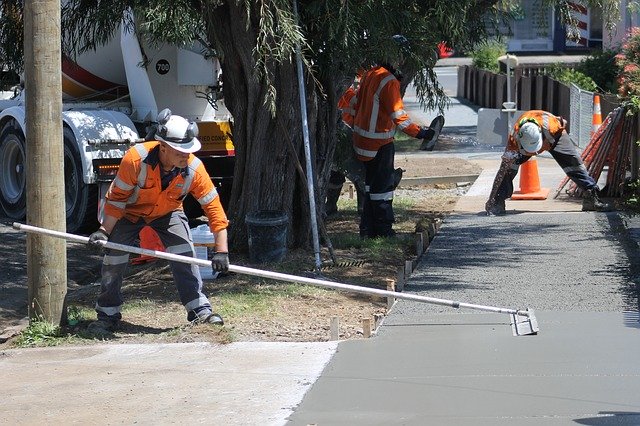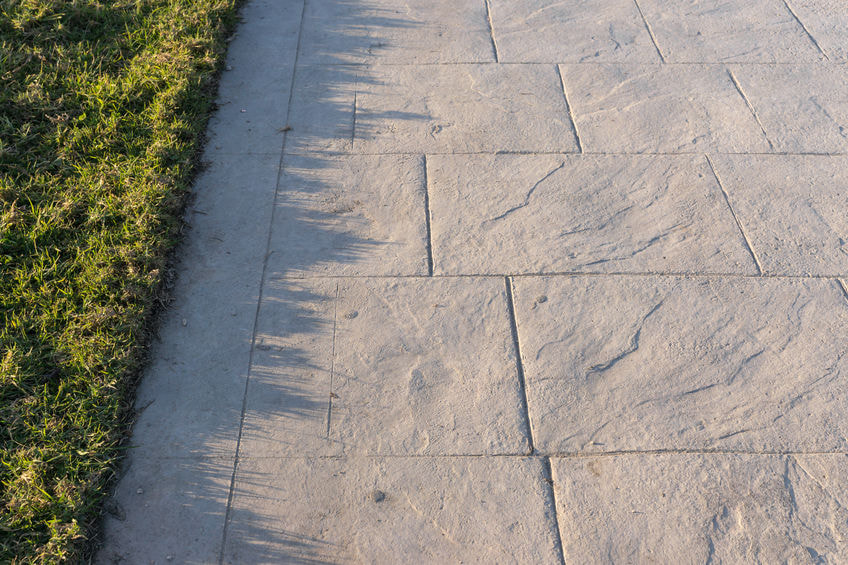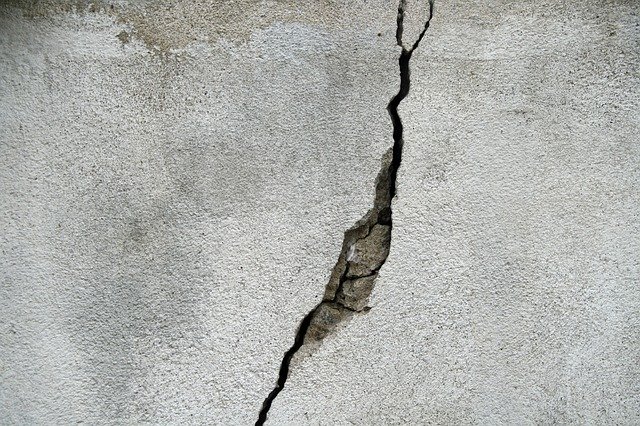Sump Pump Services
A sump pump is a pump that removes water that has accumulated in a water-collecting sump basin (sump pit) in a home's basement. There is also a cover over the sump pit to keep debris out. Sump pumps and interior waterproofing systems are frequently used simultaneously, and waterproofing firms will advocate having both within your basement for a complete waterproofing system. Because a sump pump failure can rapidly result in flooding and a wet basement, it's a good idea to have a waterproofing specialist inspect your sump pump and make sure it's in good working order.
Submersible and pedestal sump pumps are the two types of sump pumps. A pedestal sump pump is noticeable and louder since it is situated above the sump pit. A submersible sump pump makes less noise because it is totally immersed in the sump pit. Outside, ABS pipework is connected to the sump pump. Sump pits are typically seen in the boiler room of commercial buildings. Natural underground water or a drain from a waterproofing system that is connected to the pit collects water in the sump pit.
The sump pump functions similarly to a toilet tank in reverse. When the water level in the pit reaches a certain level, the pump's leaver/float activates and the water is discharged outside via ABS piping. Different pits require different horsepower pumps. The larger the pit, the higher the sump pump's horsepower should be. The faster the water drains from the sump pit, the more powerful the pump. A marine deep cycle battery and a secondary sump pump are also used to power some sump pumps. In the case of a power outage or main pump failure, a battery backup sump pump ensures that the sump pit does not overflow and flood the basement.
A sump pump is a mechanical device that requires regular maintenance to keep it in good working order and prevent a flooded basement. Visually inspecting the sump pump twice a year is a common advice. If there is a high water table or a lot of precipitation flowing through the waterproofing system, the sump pump should be checked more frequently. The ABS discharge pipe should be checked outside in colder climates with harsh winters. If the pipe is clogged with ice, it should be changed right once since the pump will be unable to release the water and will eventually burn out.
Submersible and pedestal sump pumps are the two types of sump pumps. A pedestal sump pump is noticeable and louder since it is situated above the sump pit. A submersible sump pump makes less noise because it is totally immersed in the sump pit. Outside, ABS pipework is connected to the sump pump. Sump pits are typically seen in the boiler room of commercial buildings. Natural underground water or a drain from a waterproofing system that is connected to the pit collects water in the sump pit.
The sump pump functions similarly to a toilet tank in reverse. When the water level in the pit reaches a certain level, the pump's leaver/float activates and the water is discharged outside via ABS piping. Different pits require different horsepower pumps. The larger the pit, the higher the sump pump's horsepower should be. The faster the water drains from the sump pit, the more powerful the pump. A marine deep cycle battery and a secondary sump pump are also used to power some sump pumps. In the case of a power outage or main pump failure, a battery backup sump pump ensures that the sump pit does not overflow and flood the basement.
A sump pump is a mechanical device that requires regular maintenance to keep it in good working order and prevent a flooded basement. Visually inspecting the sump pump twice a year is a common advice. If there is a high water table or a lot of precipitation flowing through the waterproofing system, the sump pump should be checked more frequently. The ABS discharge pipe should be checked outside in colder climates with harsh winters. If the pipe is clogged with ice, it should be changed right once since the pump will be unable to release the water and will eventually burn out.
Foundation Repair
Wet basements are generally always the result of foundation cracks. If you have a basement leak, epoxy crack injection is one of the waterproofing options you have if the conditions are suitable. To prevent leaks and potential water damage, this type of basement foundation repair uses a two-part epoxy resin. Epoxy is injected into foundation cracks through special ports, filling the crack and re-bonding it. Because not every foundation crack can be repaired with this method, it's necessary to have an examination done by a waterproofing contractor like us to see if this method can be utilized to seal a leaky basement.
When we are called in to perform a basement inspection, one of the first things we look for are cracks in the foundation. We find these to be more common in older structures, but also are finding cracks in newer homes where the concrete may not settle properly due to the soil freezing and thawing, contracting and expanding.
What Are Foundation Cracks?
A foundation crack can occur for many reasons. Poor construction, soil condition/settlements, or an act of god [earthquake/frost quake], any of these can cause stress on a foundation wall. Repairing a crack depends on the type of foundation wall and cause of the crack.
How Do Foundation Cracks Occur?
Soil condition/settlement, Cracks can form due to a variety of factors, including high water tables, saturated soils, extremely dry days, or natural settlement, in which the soil moves beneath your home. When a large quantity of rain falls in a short period of time, the water table can rise, causing pressure under your house, and when the water table drops, so does your house, depending on your location and soil characteristics. This puts a strain on the foundation and the entire structure. Saturated soils can expand, putting strain on your walls and possibly causing the house to slump. There is frequently a lot of clay or sand in these places. The soil compresses on extremely dry days, and your home may settle as well. Poor Construction, Extreme weather, poor concrete mix, poor backfilling, and equipment damage are all possible causes of foundation cracks. Hot and/or cold temperatures characterize extreme weather situations. High cold can freeze the water in the cement, allowing it to expand, but extreme heat dries the cement too quickly, causing it to shrink swiftly. This quick expansion and compression can cause the cement to crack, especially if the concrete mix was improperly mixed prior to pouring and contained too much water. It's easy for the cement to break if it doesn't dry properly.
When we are called in to perform a basement inspection, one of the first things we look for are cracks in the foundation. We find these to be more common in older structures, but also are finding cracks in newer homes where the concrete may not settle properly due to the soil freezing and thawing, contracting and expanding.
What Are Foundation Cracks?
A foundation crack can occur for many reasons. Poor construction, soil condition/settlements, or an act of god [earthquake/frost quake], any of these can cause stress on a foundation wall. Repairing a crack depends on the type of foundation wall and cause of the crack.
How Do Foundation Cracks Occur?
Soil condition/settlement, Cracks can form due to a variety of factors, including high water tables, saturated soils, extremely dry days, or natural settlement, in which the soil moves beneath your home. When a large quantity of rain falls in a short period of time, the water table can rise, causing pressure under your house, and when the water table drops, so does your house, depending on your location and soil characteristics. This puts a strain on the foundation and the entire structure. Saturated soils can expand, putting strain on your walls and possibly causing the house to slump. There is frequently a lot of clay or sand in these places. The soil compresses on extremely dry days, and your home may settle as well. Poor Construction, Extreme weather, poor concrete mix, poor backfilling, and equipment damage are all possible causes of foundation cracks. Hot and/or cold temperatures characterize extreme weather situations. High cold can freeze the water in the cement, allowing it to expand, but extreme heat dries the cement too quickly, causing it to shrink swiftly. This quick expansion and compression can cause the cement to crack, especially if the concrete mix was improperly mixed prior to pouring and contained too much water. It's easy for the cement to break if it doesn't dry properly.
Concrete SidewalksOur team of the best Concrete Contractors are the trusted source of sidewalks and sidewalk repairs. We provide durable and long lasting concrete sidewalk solutions that provide years of comfort with no cracks, and cracking. Our team can be make sure the sidewalk is done to meet your lawn, patio, or around your garden. Build the perfect concrete walkway around your house this easy to maintain, keep clean, and looks great.
|
Stamped ConcreteStamped concrete is a great option when looking at adding a pattern or texture that looks like brick, stone, or other various textures. Stamped concrete really takes any concrete project and takes it to the next level. We use stamped concrete for patios, sidewalks, driveways, pool decks, and interior flooring. Our team at Naperville Concrete Contractors has extensive experience in stamped concrete projects and can't wait to show you the end result!
|
Naperville Concrete Contractors did a great job on my backyard. They were organized and made every effort to help create a wonderful space for us.
Contact
Naperville Contractors Today
We are the leading concrete patio contractor, commercial concrete contractor, and concrete repair contractor across the western suburbs. With all the experience and range of service, our team can guide you in the best solution at the best price. We look forward to working with you.
Areas of Service
|
Naperville
Aurora Lombard Glen Ellyn |
Palatine
Schaumburg Hoffman Estates Westchester |
*All work completed by referred licensed businesses



